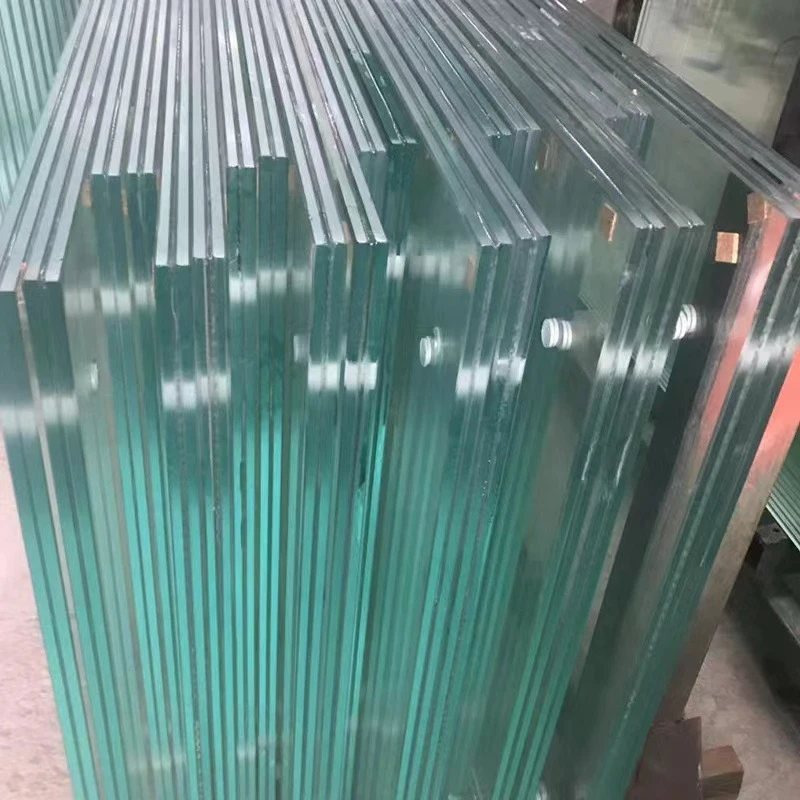Antique Architectural Glass A Window into the Past
Antique architectural glass is a fascinating subject that blends art, history, and craftsmanship. From the intricate stained glass windows found in cathedrals to the delicate patterns of frosted glass in vintage homes, this material tells a story that reflects the artistic and cultural values of its time. Exploring the significance, techniques, and preservation of antique architectural glass not only reveals the beauty of these creations but also offers insights into the eras from which they originate.
A Historical Overview
The history of architectural glass is rich and varied, with its roots tracing back to ancient civilizations. The earliest known glass artifacts date to around 2500 BC in Mesopotamia and Egypt. However, it was during the Roman Empire that glass-making techniques saw significant advancements. Romans developed the method of glassblowing, allowing for the production of intricate shapes and designs that set the stage for centuries of architectural innovation.
The Gothic period, particularly from the 12th to the 16th centuries, heralded the golden age of stained glass. Churches and cathedrals flourished with stunning windows that told biblical stories through vibrant colors and intricate designs. Each piece of glass was hand-crafted, often using a combination of techniques such as painting, etching, and leading. The detailed narratives and the spiritual illumination provided by these stained glass windows made them focal points in religious architecture.
Craftsmanship and Techniques
Creating antique architectural glass was no small feat; it required skilled artisans who mastered various techniques. For stained glass, artisans would cut and shape colored glass pieces, fitting them together and holding them in place with lead came. The use of different colored glass, often achieved by adding metallic oxides during the melting process, allowed for a stunning array of hues.
Another technique used in the creation of architectural glass is glass etching, where artisans would carve designs or patterns into the surface of the glass using acid or abrasive materials. This process created a frosted appearance, adding texture and depth to the artwork. In addition to stained and etched glass, the Victorian era saw the rise of other decorative glass applications, such as glass blocks and ornate glass doors, which contributed to the aesthetic of homes during that time.
antique architectural glass
Preservation and Restoration
As time marches on, the challenge of preserving antique architectural glass becomes increasingly critical. Many historic buildings have faced deterioration due to environmental factors, neglect, and even vandalism. Restoration projects often involve a delicate balance between maintaining the original artistry and ensuring structural integrity.
Specialized conservationists use techniques that cater to the unique properties of different types of glass. They carefully analyze the damage and develop methods to clean, repair, and, when necessary, replace damaged sections while keeping the integrity of the original design intact. This meticulous process is vital in preserving the narratives and histories encapsulated in these glass works.
The Modern Relevance of Antique Architectural Glass
Today, antique architectural glass is more than just a relic of the past; it has gained recognition in contemporary design and architecture. Many modern architects draw inspiration from the intricate designs of historic glassworks, integrating similar aesthetics into new buildings while using modern materials and techniques. The juxtaposition of old and new creates a dialogue between eras, showcasing the timeless beauty of glass as an architectural element.
Moreover, antique architectural glass has found new life in the world of interior design. Homeowners value unique pieces, such as salvaged stained glass windows, which can be repurposed as statement pieces in contemporary homes. The warmth and character that these elements bring are unmatched, allowing individuals to connect with history in their own spaces.
In conclusion, antique architectural glass is a captivating subject that unveils the richness of human creativity through the ages. Its historical significance, intricate craftsmanship, and continued relevance in modern design allow us to appreciate the beauty of glass not just as a functional element but as an enduring form of artistic expression. Whether in grand cathedrals or quaint homes, antique architectural glass remains a cherished window into our past.
 Afrikaans
Afrikaans  Albanian
Albanian  Amharic
Amharic  Arabic
Arabic  Armenian
Armenian  Azerbaijani
Azerbaijani  Basque
Basque  Belarusian
Belarusian  Bengali
Bengali  Bosnian
Bosnian  Bulgarian
Bulgarian  Catalan
Catalan  Cebuano
Cebuano  Corsican
Corsican  Croatian
Croatian  Czech
Czech  Danish
Danish  Dutch
Dutch  English
English  Esperanto
Esperanto  Estonian
Estonian  Finnish
Finnish  French
French  Frisian
Frisian  Galician
Galician  Georgian
Georgian  German
German  Greek
Greek  Gujarati
Gujarati  Haitian Creole
Haitian Creole  hausa
hausa  hawaiian
hawaiian  Hebrew
Hebrew  Hindi
Hindi  Miao
Miao  Hungarian
Hungarian  Icelandic
Icelandic  igbo
igbo  Indonesian
Indonesian  irish
irish  Italian
Italian  Japanese
Japanese  Javanese
Javanese  Kannada
Kannada  kazakh
kazakh  Khmer
Khmer  Rwandese
Rwandese  Korean
Korean  Kurdish
Kurdish  Kyrgyz
Kyrgyz  Lao
Lao  Latin
Latin  Latvian
Latvian  Lithuanian
Lithuanian  Luxembourgish
Luxembourgish  Macedonian
Macedonian  Malgashi
Malgashi  Malay
Malay  Malayalam
Malayalam  Maltese
Maltese  Maori
Maori  Marathi
Marathi  Mongolian
Mongolian  Myanmar
Myanmar  Nepali
Nepali  Norwegian
Norwegian  Norwegian
Norwegian  Occitan
Occitan  Pashto
Pashto  Persian
Persian  Polish
Polish  Portuguese
Portuguese  Punjabi
Punjabi  Romanian
Romanian  Russian
Russian  Samoan
Samoan  Scottish Gaelic
Scottish Gaelic  Serbian
Serbian  Sesotho
Sesotho  Shona
Shona  Sindhi
Sindhi  Sinhala
Sinhala  Slovak
Slovak  Slovenian
Slovenian  Somali
Somali  Spanish
Spanish  Sundanese
Sundanese  Swahili
Swahili  Swedish
Swedish  Tagalog
Tagalog  Tajik
Tajik  Tamil
Tamil  Tatar
Tatar  Telugu
Telugu  Thai
Thai  Turkish
Turkish  Turkmen
Turkmen  Ukrainian
Ukrainian  Urdu
Urdu  Uighur
Uighur  Uzbek
Uzbek  Vietnamese
Vietnamese  Welsh
Welsh  Bantu
Bantu  Yiddish
Yiddish  Yoruba
Yoruba  Zulu
Zulu 

